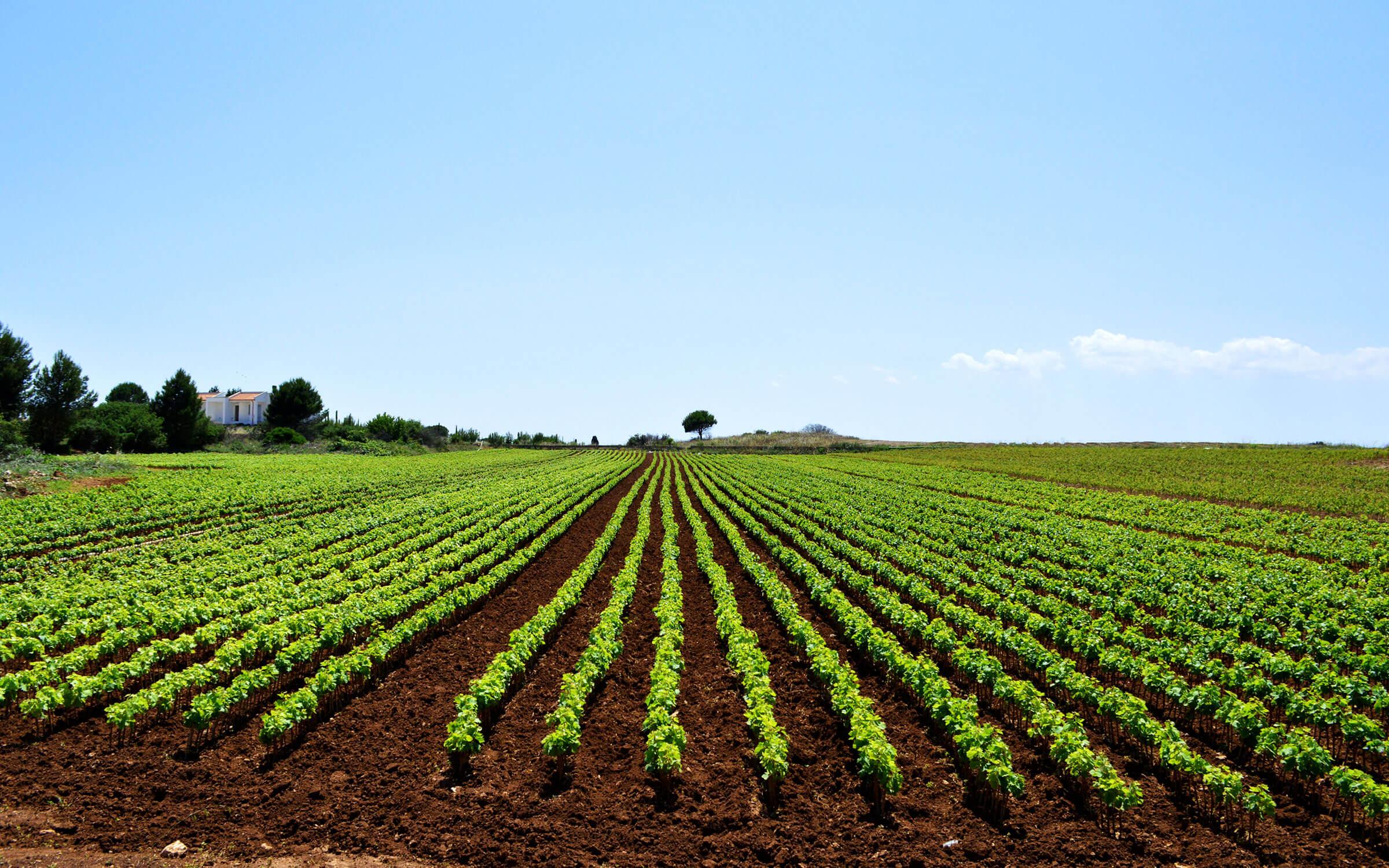At The Slow Road we believe that getting in deep and up close has as much to do with a region’s culinary culture as it does with its geography and people. And we’ll be the first to admit that for us, a great culinary experience involves a fine glass of wine (or two). In our Vines 101 series, we pull back the curtain on some of our favourite wine regions in the world and explore their oenological offerings.
Puglia Wine

Very few people know that Puglia produces more wine than any other region in Italy. In fact, most of the region’s grapes are exported to France to be used to cut all those wonderfully smooth wines we think of as being typically French. Because of the incredible climate here, the grapes ripen all year long, giving them very high sugar content. These grapes are perfect for French winemakers, whose rainier climate often produces grapes of low sugar content, forcing them to add sugars to create a phenomenon that occurs naturally in Puglia.
Recently, Pugliese winegrowers have begun to evolve their practices. Fewer and fewer grapes are exported, as growers realize their crops’ potential to produce finer wines. Yields are down, quality is up, and the results are slowly putting Puglia wine on the map.
The crisp whites from Locorotondo, the cool and fruity rosés from Gioia del Colle, and the soft, round reds from Salento and Castel del Monte are among the best dinner wines. The whites use grapes such as Trebbiano, Chardonnay, Sauvignon and Pinot Bianco. The reds tend to be dominated by Negroamaro, which is cut by Sangiovese and Malvasia Nero. The sweet grapes, such as Primitivo, Moscato and Aleatico, produce some delicious dessert wines; their natural sugars can send the alcohol content to 15% or even 17%.

Salento
The territory of the Salento (the most southern part of Puglia) produces excellent, robust red wines with a ruby hue and fresh rosés with a characteristic bouquet. The latter involve light pressing of the Negroamaro grape, without letting the must ferment with the skins. Malvasia Nera, Aleatico and Primitivo grapes are also used.
Over the last few years the wines of the Salento, once used mostly for cutting other wines produced elsewhere—especially weaker ones with a lower alcohol content—are now gaining more and more success and recognition amongst the panels of international experts, the result of a change of policy from quantitative production to qualitative.
DOC Wines
From the Romans to the Swabians and on to the present day, the cultivation of grapes in Puglia has increased continuously over the centuries. In 1963, Italy followed France’s lead in creating quality assurance labels proving that a product (especially wine and various cheeses) were created within a specific region using proper methods. Today there are 25 Puglia DOC wines, denoting a Denominazione di Origine Controllata (controlled designation of origin), 19 of which are reds.
Today, the annual production of Puglia wine is more than 12 million hectolitres. The local grapes are Negroamaro, Primitivo (Zinfandel), Malvasia Nera, Uva di Troia and Aleatico.
Among the best productions of DOC wines in the Salento are Salice Salentino DOC, Leverano DOC, Copertino DOC as well as Nardo, Matino, Galatina, Squinzano and Alezio.


